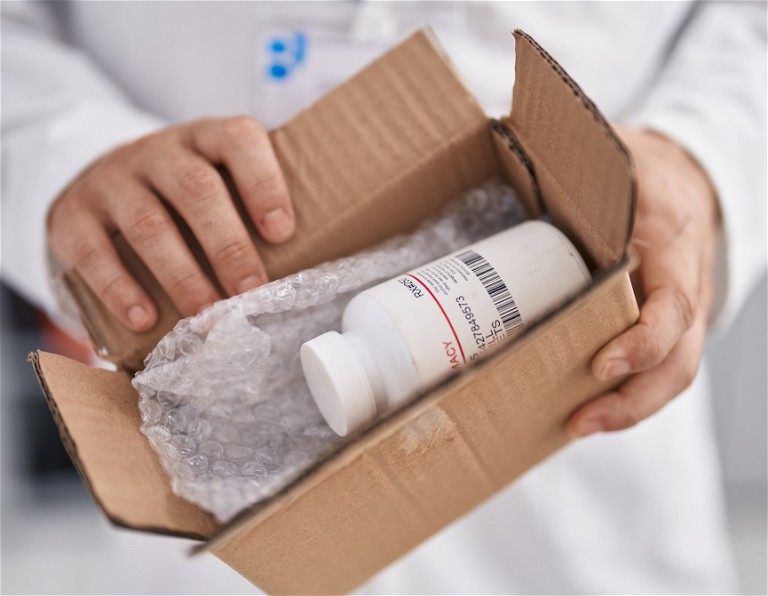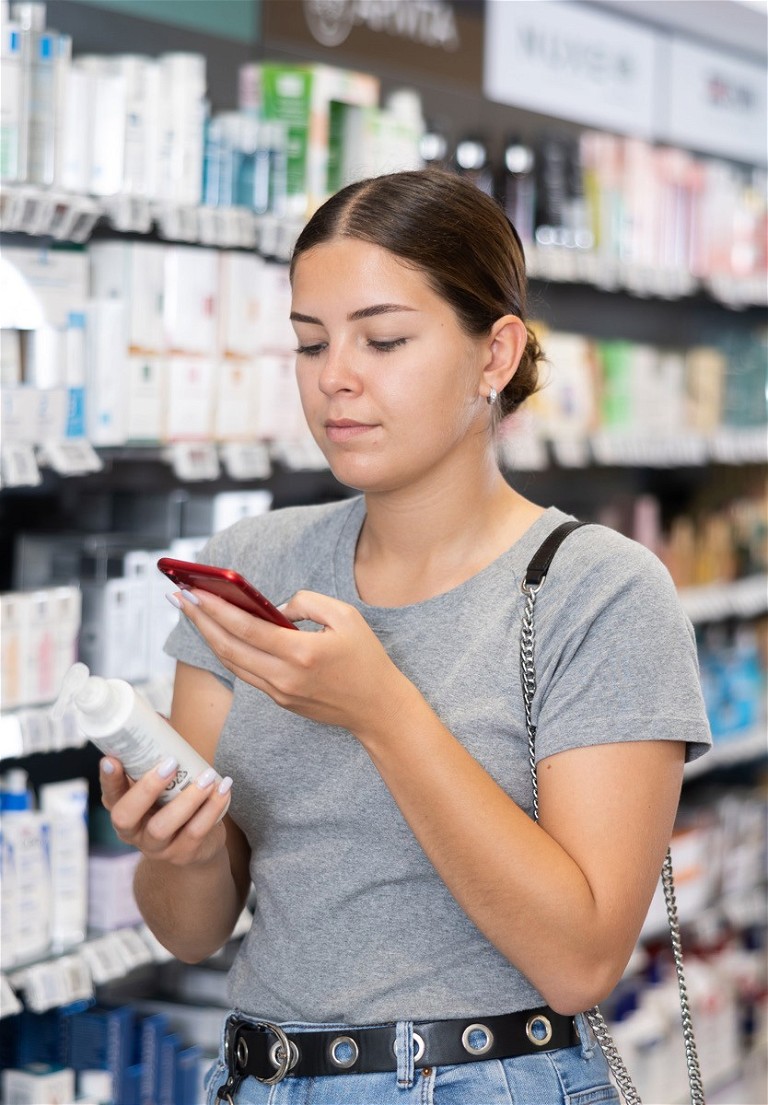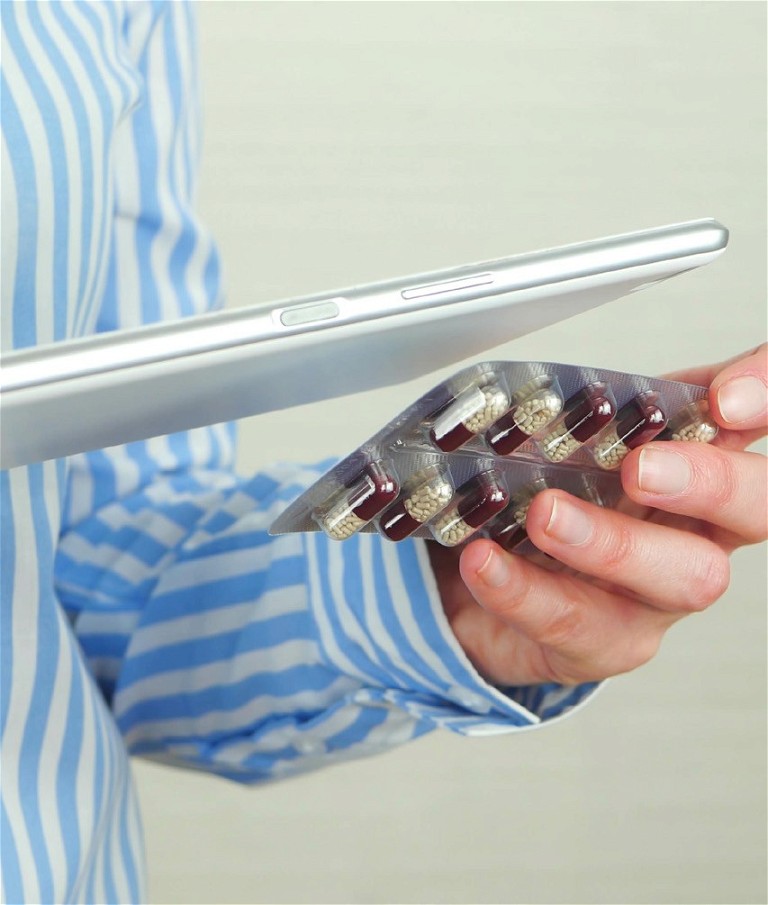Industry Insight
Anti-counterfeiting: the battle against fake pharmaceuticals
Steve Brownett-Gale, marketing lead at Origin, considers how to combat counterfeiting in the pharma industry
Counterfeit pharmaceuticals have become a global menace, with estimates placing the value of the fraudulent pharmaceutical market above $200bn.1 Almost two billion people in the world lack access to essential medicines and vaccines, creating the ideal conditions for fake pharmaceuticals to thrive.2
This not only poses a severe risk to public health but also threatens the reputation of pharmaceutical companies across the globe.
The advent of the COVID-19 pandemic exacerbated this threat, creating the perfect conditions for counterfeits to thrive due to disruptions and complexities in the supply chain. Criminal networks wasted no time, seizing opportunities to flood the market with fake products, risking lives and undermining trust in the pharmaceutical industry.
With many online sources available, it is difficult to know who to trust. In fact, in 2020 Interpol’s Operation Pangea XIII seized counterfeit pharmaceuticals worth $14m, only months after the escalation of the pandemic.3
The increasing incidence of fake pharmaceuticals is sweeping the globe, and more frighteningly than ever, one in ten medicines in low or middle-income countries are either counterfeit or substandard.4
Is there a difference between falsified and counterfeit medicine?
To truly understand the far-reaching effects of this issue, one should know that there is both the case of falsified medicines and counterfeit medicines, which are two different problems under the same umbrella.
The European Medicines Agency defines counterfeit medicine as being ‘made by someone other than the genuine manufacturer, by copying or imitating an original product without authority or rights’.5
Therefore, these drugs often bear the markings of credible branded products, putting the legitimate manufacturers’ reputations at grave risk. Sometimes, counterfeit medicines include drugs that are past their expiration date but criminals selling them have altered the expiry dates. The danger of expired medicines is that they can become less effective or have adverse effects when the chemical composition changes over time, while some expired medicines can experience bacterial growth.
If expired antibiotics are sold and ingested this can lead to failure to treat the illness and can further contribute to the serious and credible worldwide threat of antimicrobial resistance.

The second challenge is the existence of falsified medicines, which encompass unapproved products that contain substituted ingredients. This may mean medicines are comprised of toxic levels of the right ingredients, toxic ingredients or insufficient quantities of important active ingredients. These products appear in the market bearing mislabelled or fake packaging and are a danger to public health.
A back-and-forth struggle
Attempts to curb criminal activity have been ongoing, but in 2016 the Council of Europe drafted the MEDICRIME Convention with the aim of providing a framework through which increased international cooperation in the fight against counterfeit pharmaceuticals will lead to the capturing and prosecution of those involved.6
To date, there are 41 parties and signatories of the convention including countries from Africa, the Middle East and Europe. However, despite international cooperation, the counterfeit pharmaceutical industry is thriving and countering the counterfeiters of today is relentless. For many years, pharmaceutical packaging technology has been an excellent defence mechanism. For example, manufacturers have integrated anti-counterfeiting technology into their packaging to facilitate supply chain tracking and provide consumers with authentic medicines.
Known as the serialisation of medicine packaging, this is one case of anti-counterfeiting technology in pharmaceutical packaging that is widely used.
Advancements in worldwide serialisation standards were put into practice in 2019 when the EU drafted its False Medicines Directive and the US created its anti-counterfeiting protocol known as the Drug Quality and Security Act.
Both regulations place a heavy focus on the meticulous tracking of products throughout the entire supply chain, demanding complete product traceability right through from manufacturing to decommissioning. Radiofrequency identification (RFID) technology has advanced the way in which pharmaceutical packaging companies adhere to these standards, using unique tags and readers to track and trace assets throughout the supply chain.
However, the greatest challenge lies in the fact that criminals are as innovative as the industry with whom they are attempting to imitate. The durability of any defence hinges on how quickly criminals can breach it, so staying ahead of the curve with new innovations is a continual challenge for the pharma industry.

Experts in the industry suggest adopting a multilayering approach whereby several technologies are used together in one product to truly fortify it and protect the contents. Any primary packaging defence mechanisms are relatively simple, such as colour-shifting packaging, UV luminescence or fine line/micro text. But secondary packaging defences are unseen, requiring technologically advanced tools to identify them.
Social media is becoming increasingly problematic in this area too. It is difficult to monitor and safeguard the 4.9 billion people on social media from the dark side of this technology.7 Fake cosmetics and prescription creams are openly for sale on platforms like TikTok.8 Most disturbingly, the Police Intellectual Property Crime Unit seized and tested samples of these illicit products, finding many contained toxic ingredients like arsenic, mercury and lead. With money to be made, the sale of these items is being hosted by the in-app shop feature, meaning TikTok is allegedly cashing in on criminal activity and taking a 5% commission on sales of products.8
A new era of supply chains and technologies
Due to the increasingly complex nature of pharmaceutical supply chains, it is more difficult than ever for stakeholders to track, monitor and protect products throughout each stage, thus the risk of criminal activity heightens.
New anti-counterfeiting methods, including cloud-based tracking and perennial encryption technologies, extend protection for manufacturers whilst simultaneously reducing the need for costly rejigging of supply chains. They also enable quick and efficient detection and elimination of exploitable weak links.
Examples of new and covert anti-counterfeit technologies are inert forensic taggants, which are minuscule aluminium particles embedded into the packaging itself. They hold unique and identifiable colour codes, engravings, or invisible water-marking technologies, which are difficult to replicate. They can only be identified by advanced reading systems or within laboratories and their unique data is needed for verification throughout the supply chain.
Smart technology such as this is driven by big data and allows pharmaceutical manufacturers to track supply chain events in real time at a micro level, further enhancing efficiency and visibility. Other benefits include heightened antitampering features in packaging and mitigation of potential bottlenecks in supply chains, which hamper cost-savings.
Innovations are paving the way for a safer pharmaceutical industry and safeguarding public health. However, most of them focus primarily on applying trackability to medicine packaging, not the medicine itself, but this is changing.
In South Korea, a biomedical engineer has engineered an edible tracking device.9 Similar to QR codes, edible codes are made up of a pattern created from fluorescent silk proteins. They’re virtually invisible to the naked eye, but a smartphone is able to scan them and serve the consumer information about not only the particular medicine but the particular pill in hand too.

This technology is either fixed upon an individual pill, tablet or capsule or attached to a bottle of liquid medicine in the form of a silk tag and there is no limit to the amount of information that can be provided. The coded information might include important details like expiration dates, manufacturer details, contraindications and more.
Public trust in this kind of innovation might be difficult to secure, with concerns about state surveillance and conspiracy theories sweeping the internet. This is yet another challenge for the industry, which is exacerbated by social media and the spread of misinformation.
Collaboration and innovation
Pharmaceutical companies need not innovate alone, in fact, it is more beneficial to partner with external providers who already have the existing infrastructure and processes needed to develop these systems whilst absorbing any upfront costs associated.
As efforts to fight against counterfeit and falsified medicines evolve each year, so do the tactics and abilities of criminals. There is a tremendous need for forward-thinking from pharmaceutical companies to realise the need to invest in a new version of supply chains; supply chains 4.0. But they are not alone. Governments can and should step in and play their part in removing potential barriers to research and development, creating an environment in which stakeholders are able to develop new business models to curb counterfeiting.
The battle against counterfeit pharmaceuticals is ongoing but with innovations constantly afoot and collaborative efforts amongst all stakeholders, the industry and public health can be protected.
References
- Visit: sciencedirect.com/science/article/pii/S2666535222000167#bib7
- Visit: gsk.com/en-gb/responsibility/global-health-and-health-security/improving-access-to-healthcare/#:~:text=Nearly%20two%20billion%20people%20globally,of%20life%20and%20prevent%20deaths
- Visit: interpol.int/News-and-Events/News/2020/Global-operation-sees-a-rise-in-fake-medical-products-related-to-COVID-19
- Visit: statista.com/chart/30067/worldwide-counterfeit-pharmaceuticals-incidents/#:~:text=According%20to%20the%20World%20Health,countries%20are%20substandard%20or%20falsified
- Visit: ema.europa.eu/en/glossary/counterfeit-medicine
- Visit: gabi-journal.net/the-medicrime-convention-criminalising-the-falsification-of-medicines-and-similar-crimes.html
- Visit: demandsage.com/social-media-users/#:~:text=Social%20Media%20User%20Statistics%202023,platform%2C%20with%203.03%20billion%20users
- Visit: theguardian.com/technology/2023/apr/23/tiktok-cashing-in-counterfeit-beauty-products-skin-gels
- Visit: euronews.com/next/2022/06/14/how-tiny-edible-qr-code-technology-could-tackle-counterfeit-medicines-and-fake-whisky-too
Steve Brownett-Gale is a marketing professional with a career spanning both communications and products in B2B and B2C markets across Manufacturing and Services sectors. At Origin, in his role as marketing lead, Steve is responsible for positioning the company as a world-leading supplier of innovative and groundbreaking pharmaceutical packaging devices, as well as offering a unique and disruptive supply chain model.